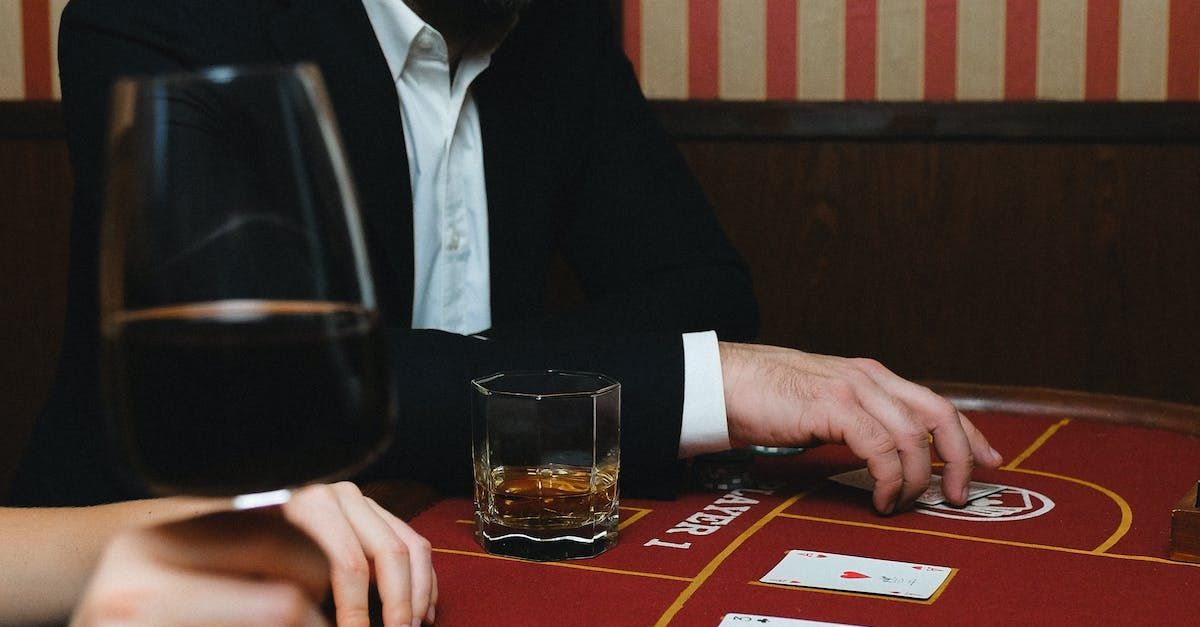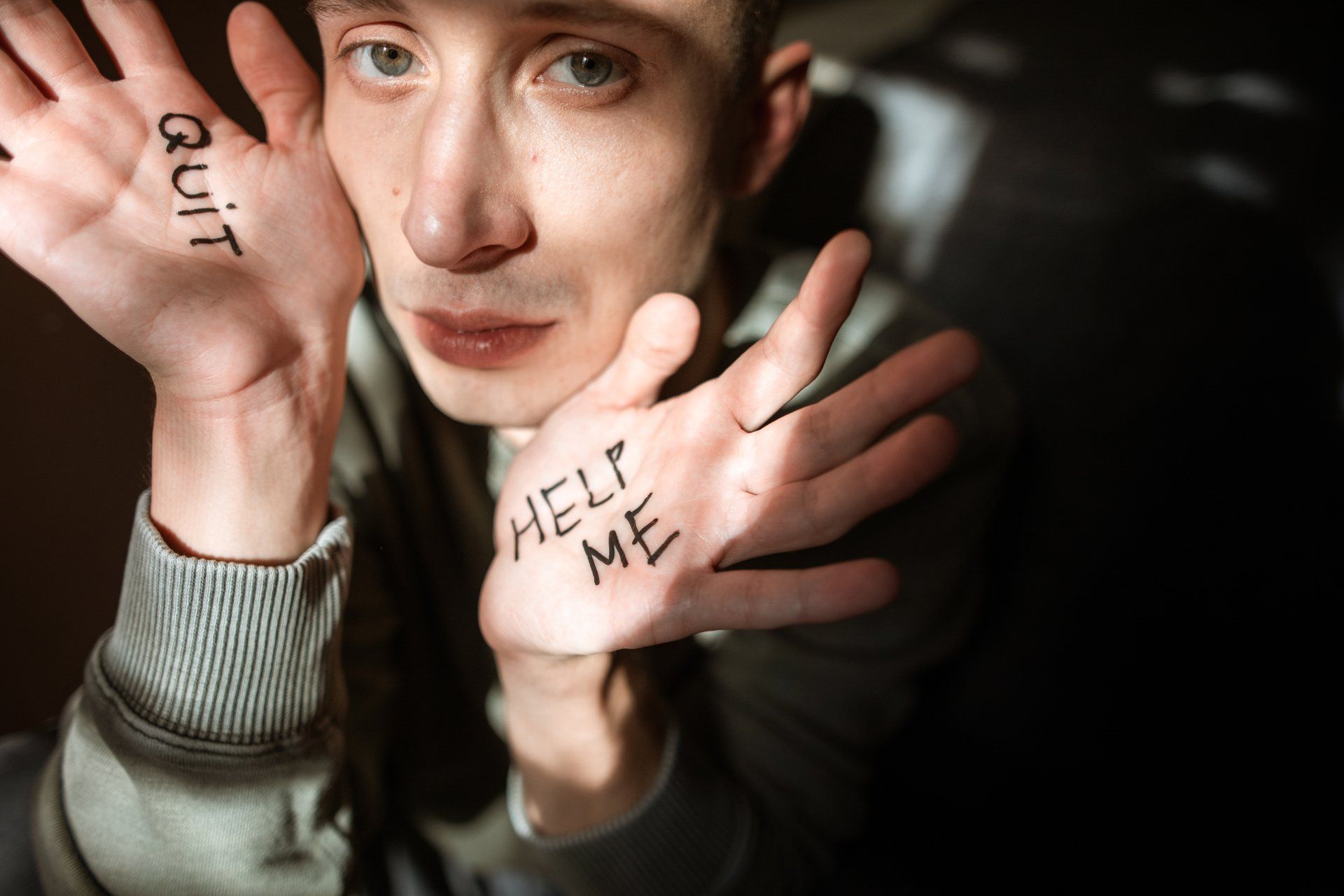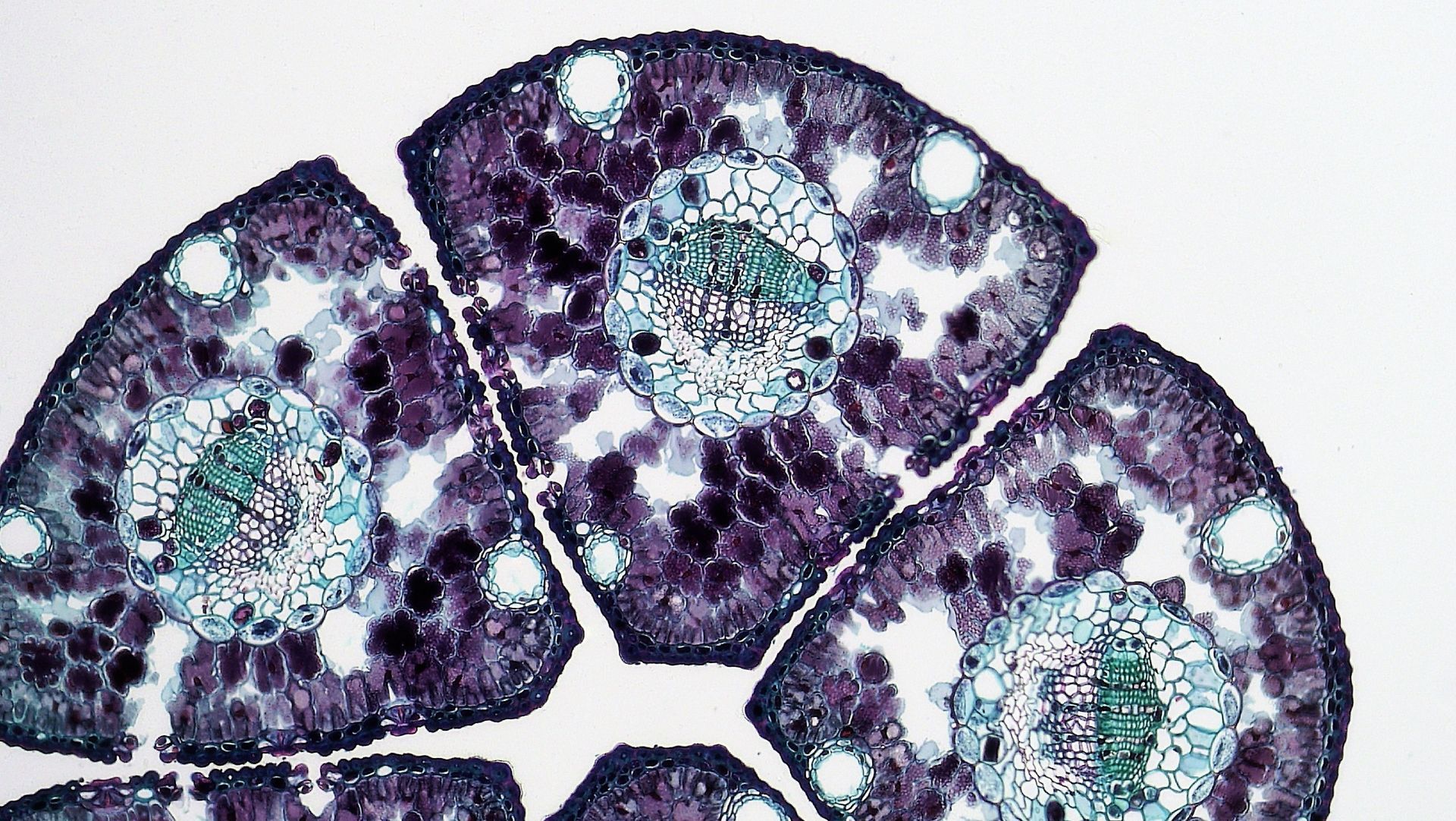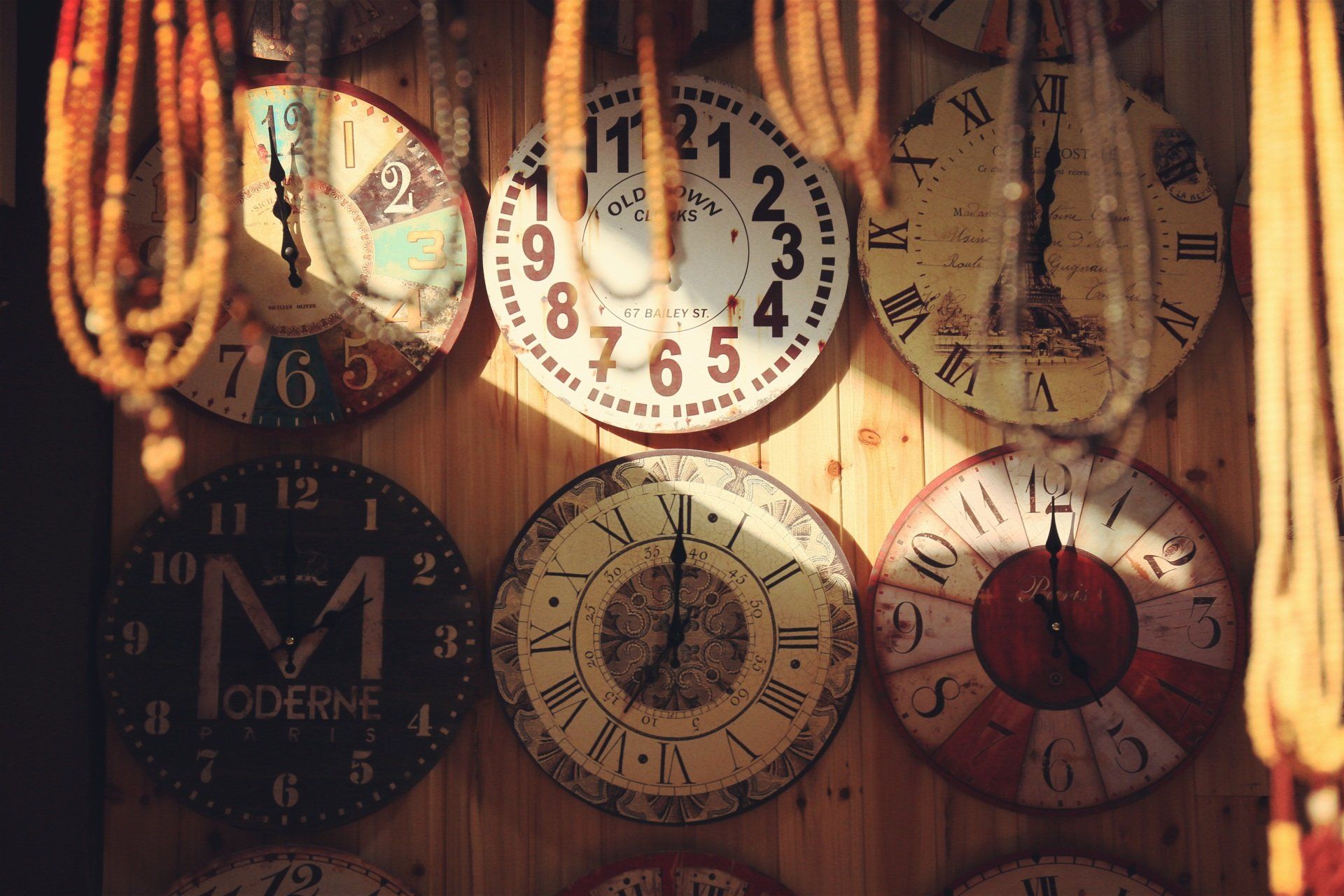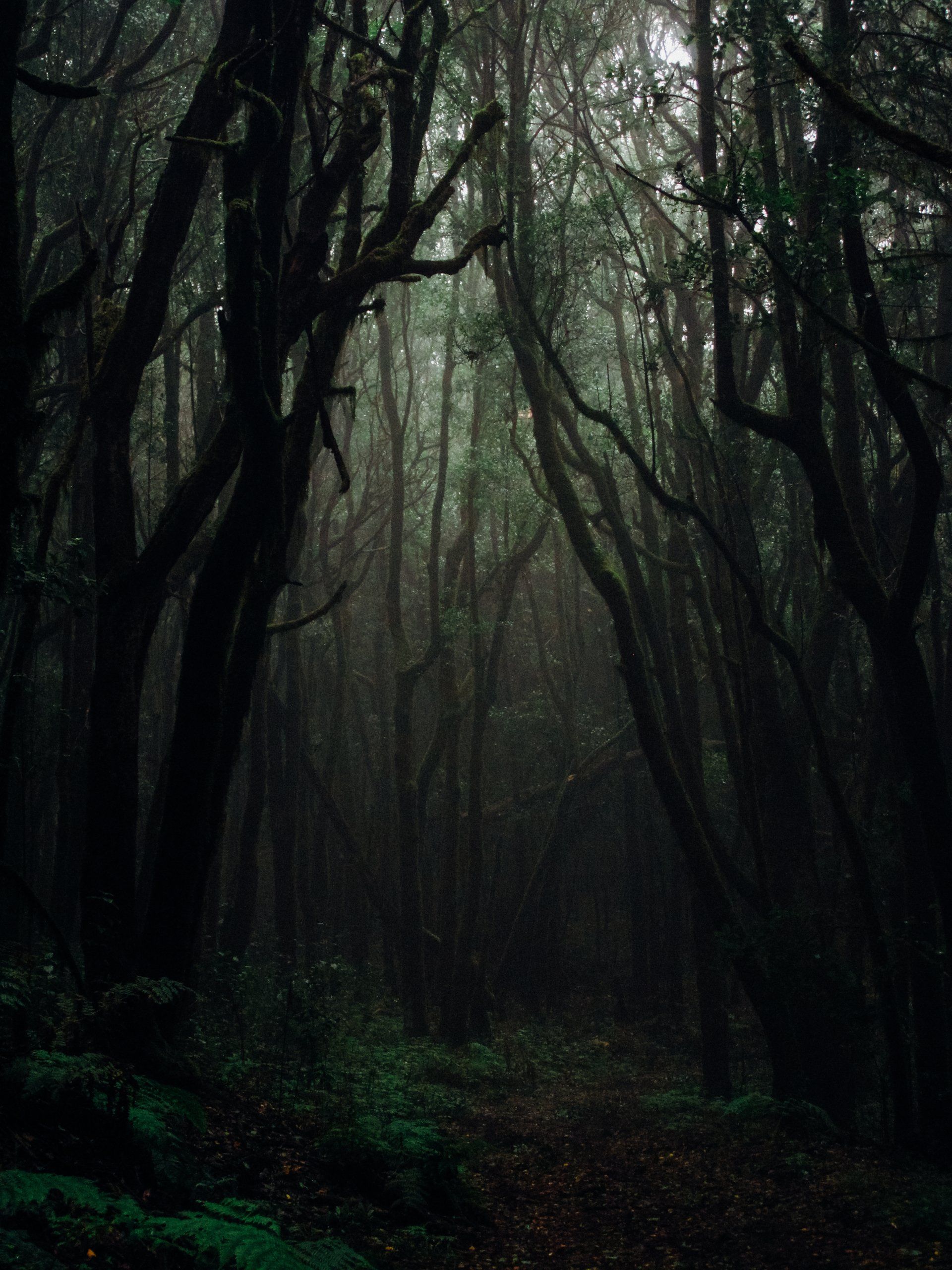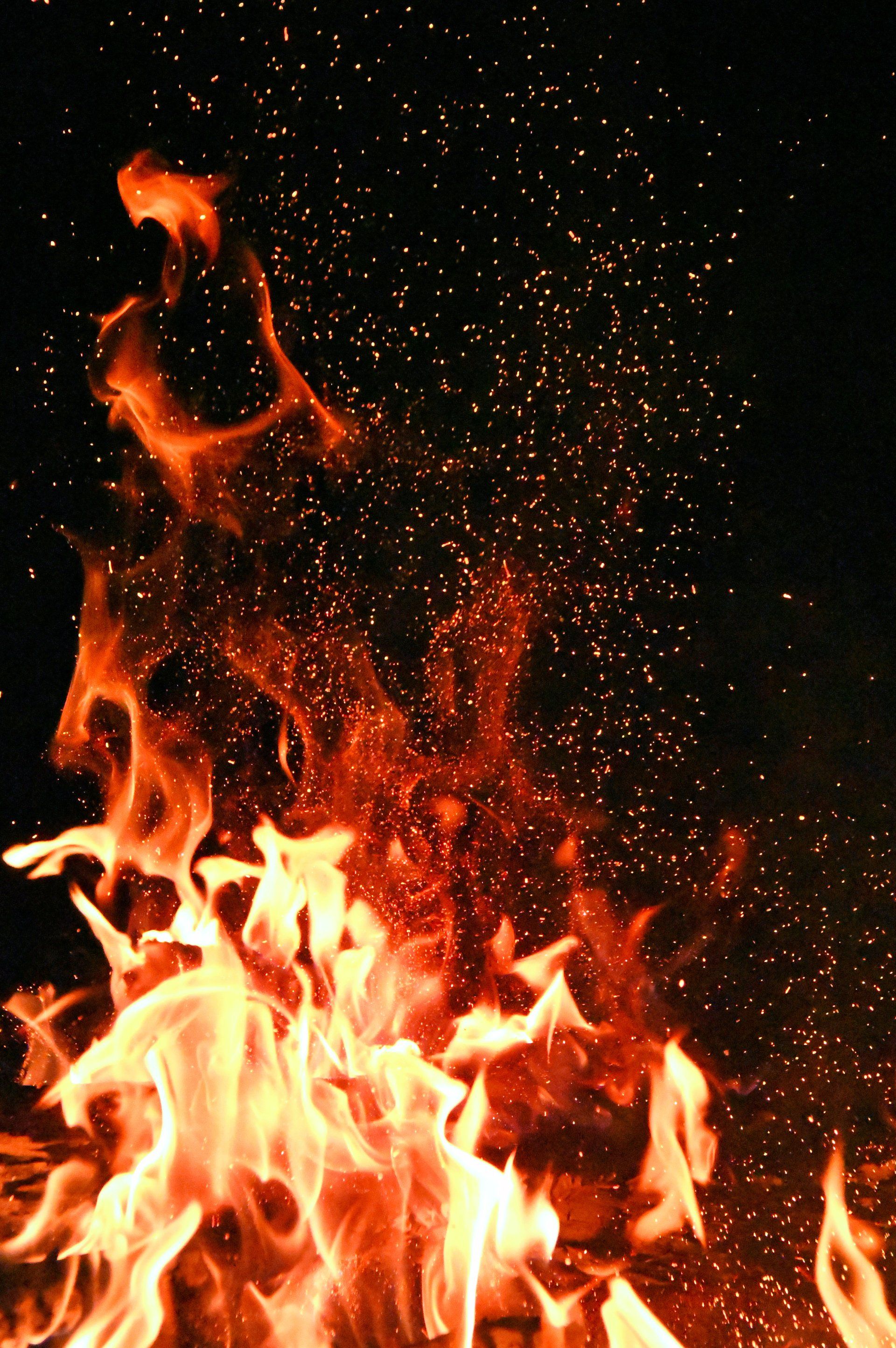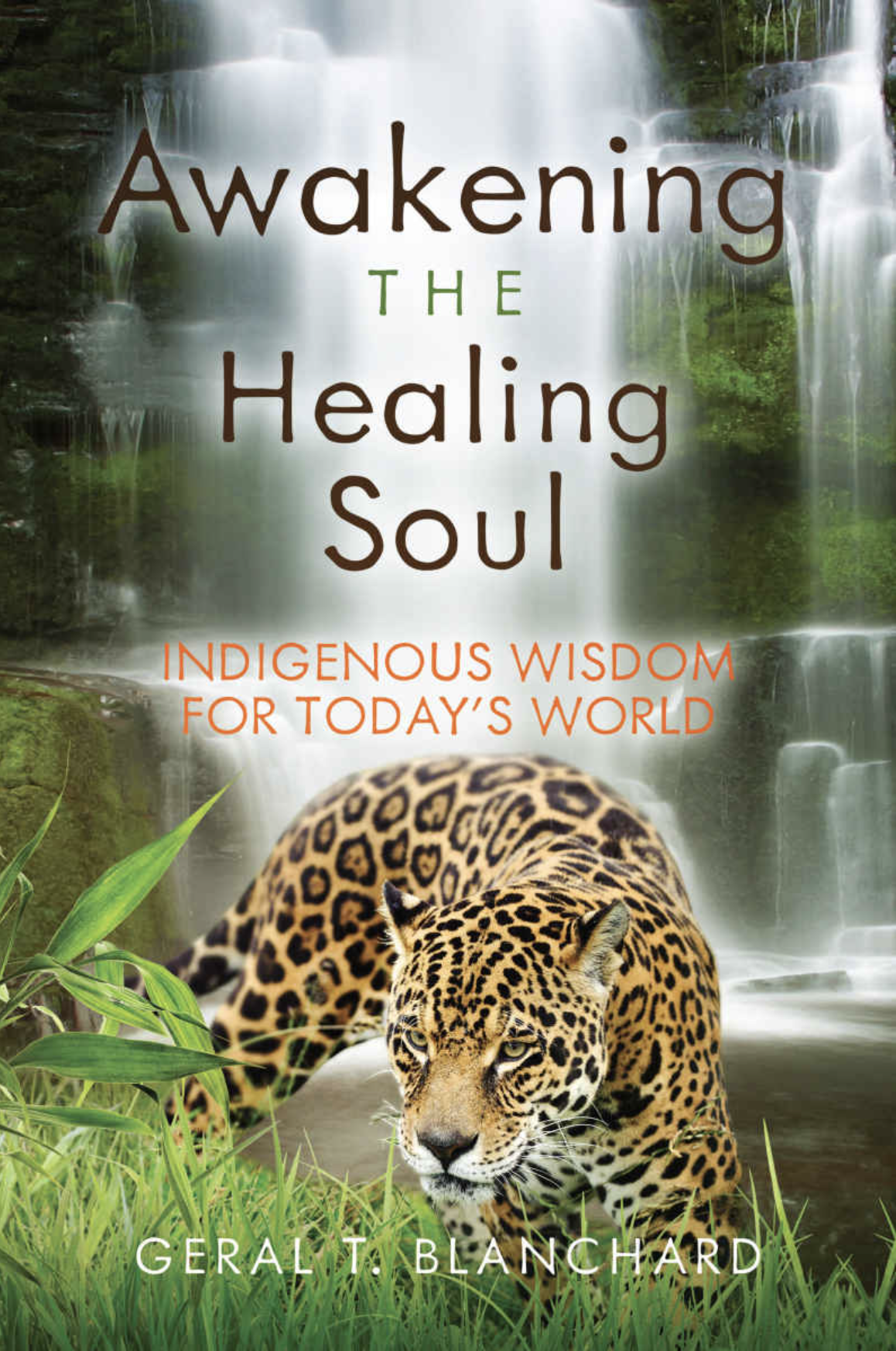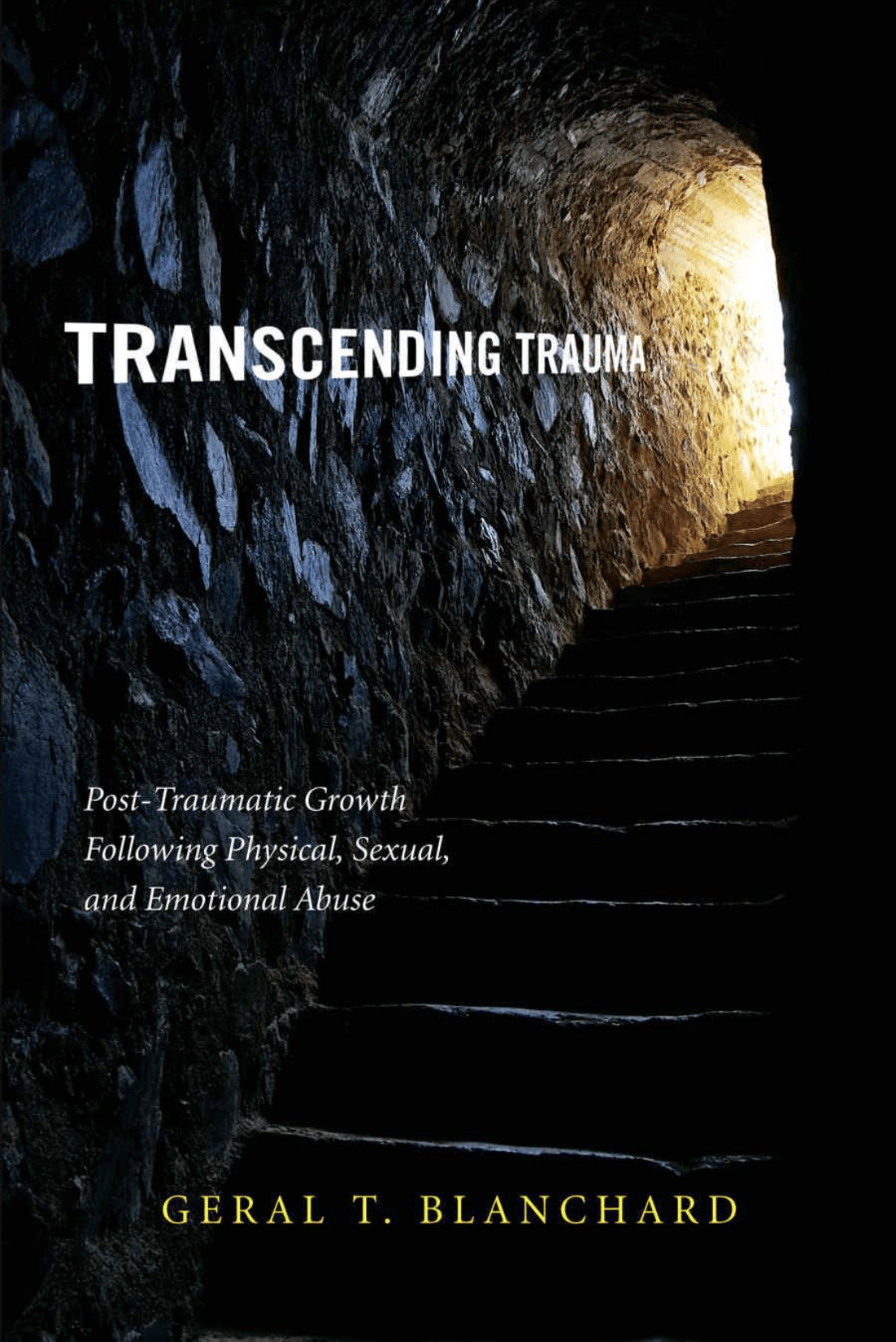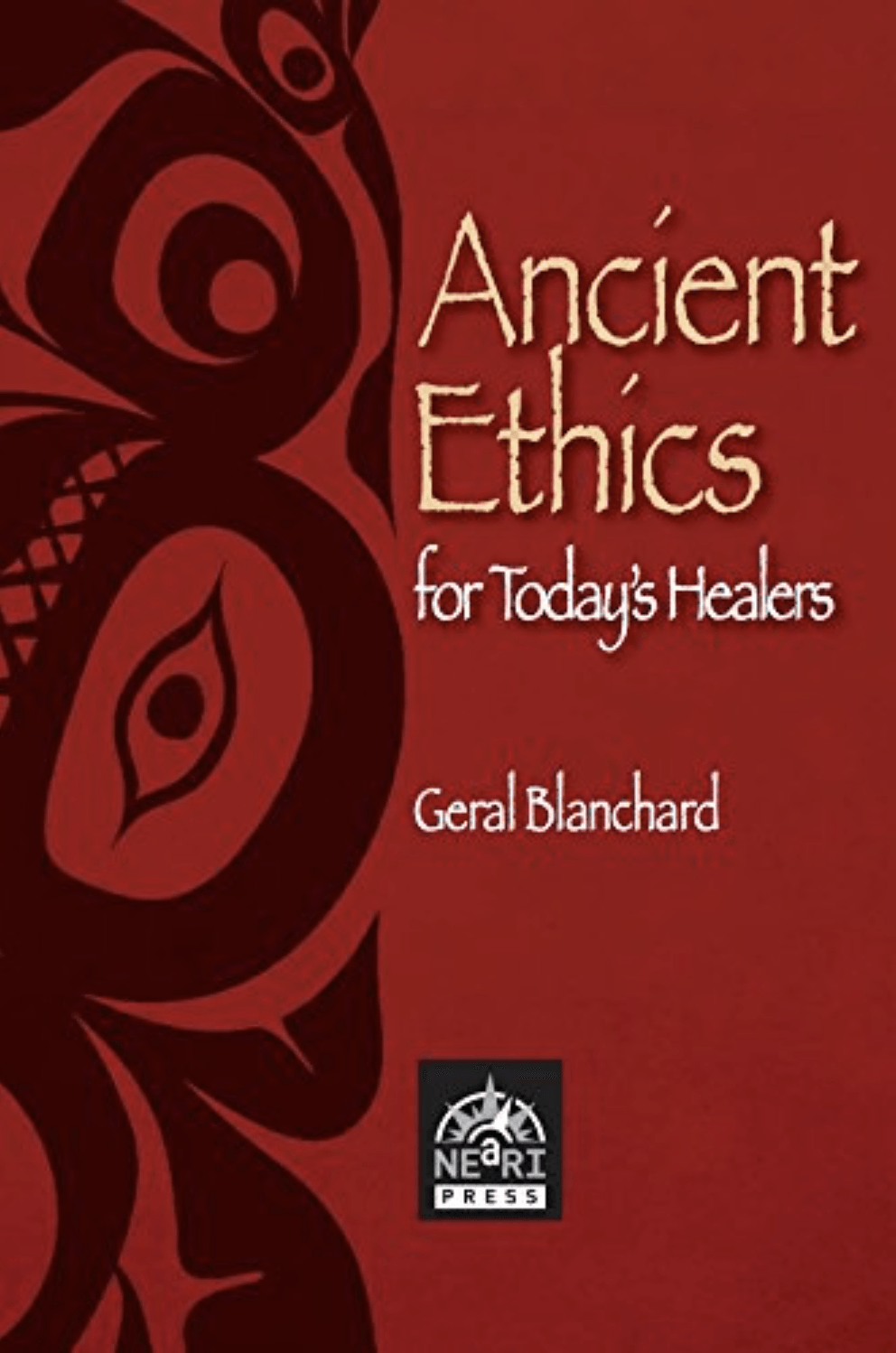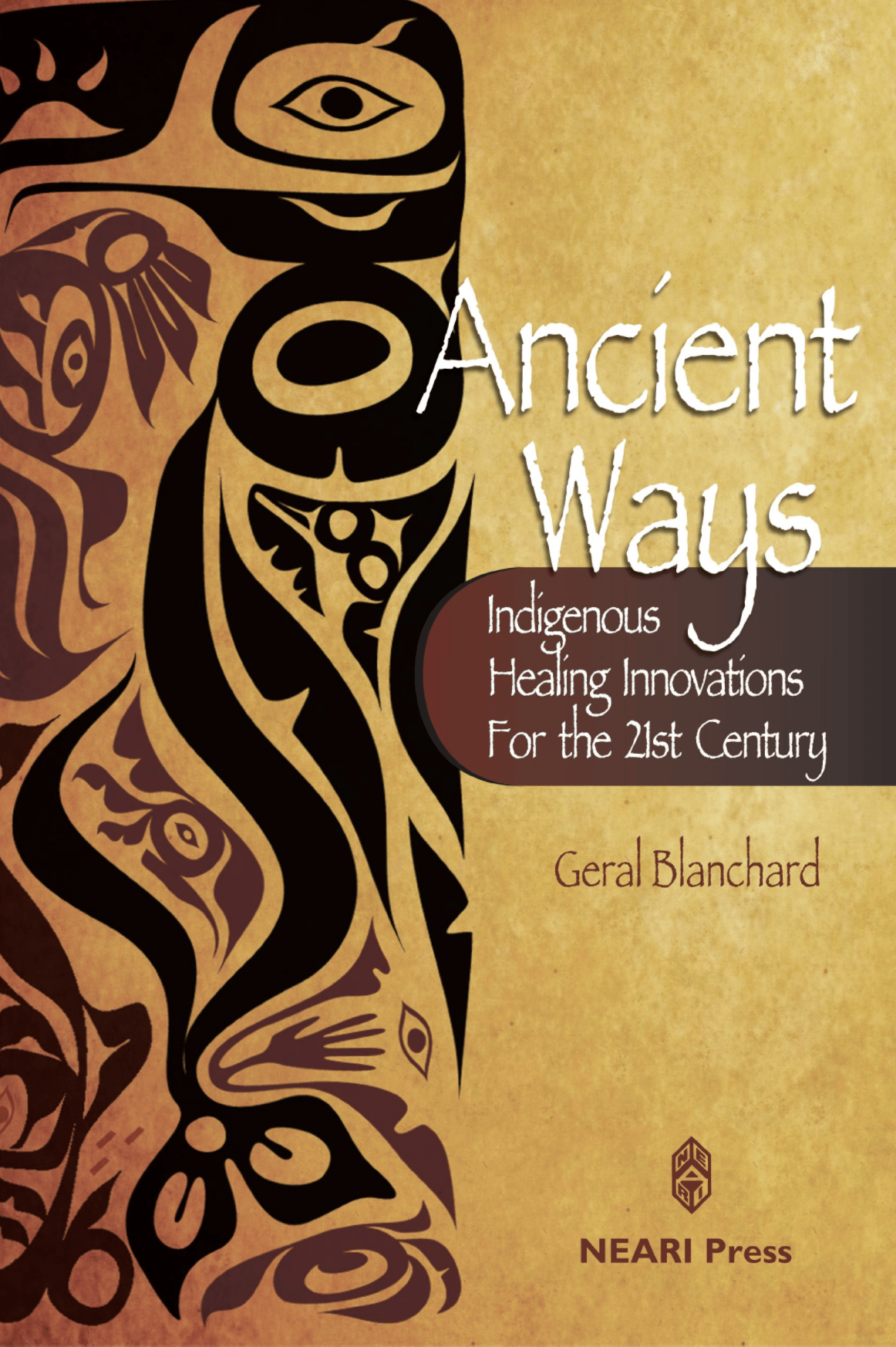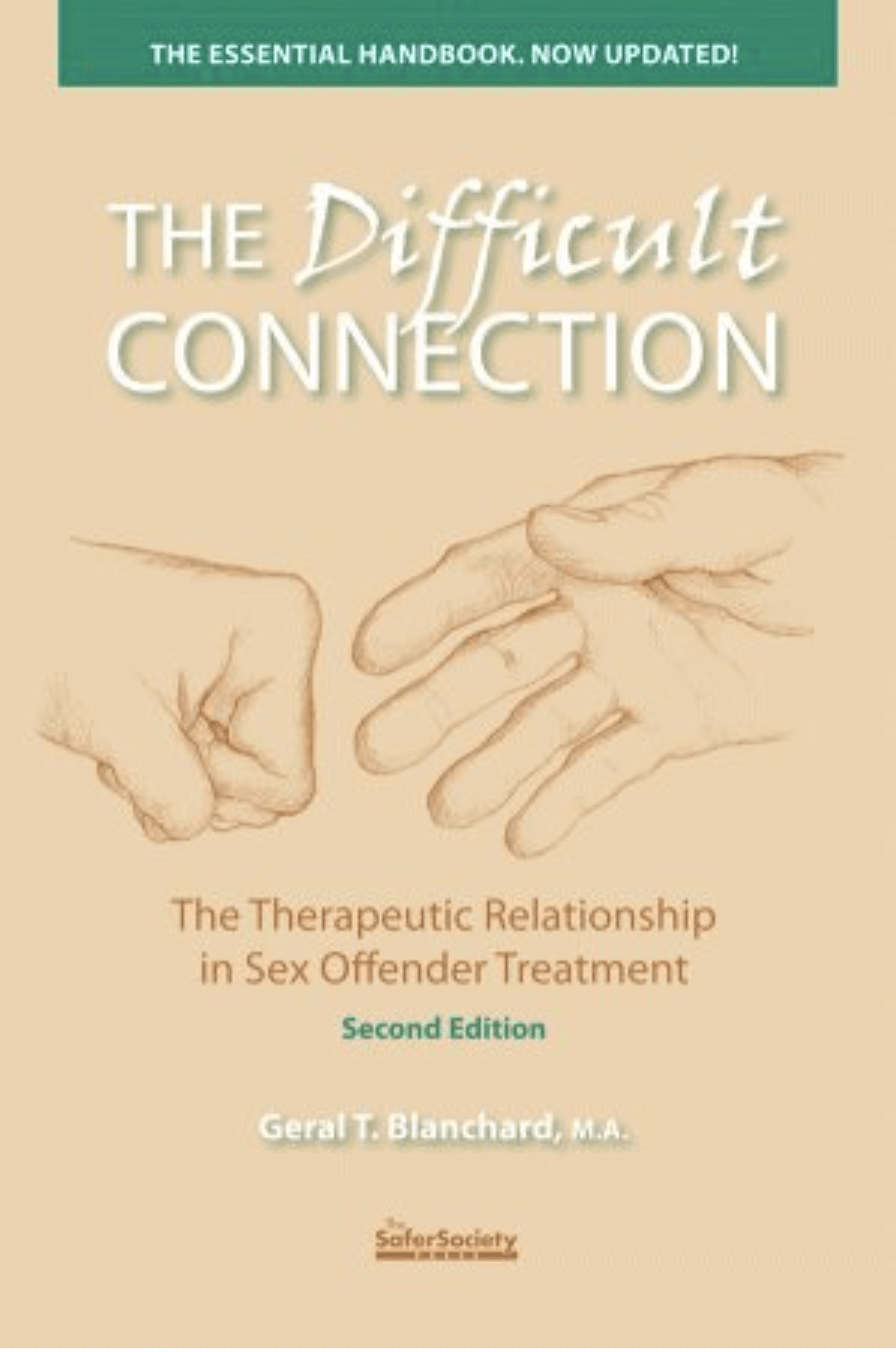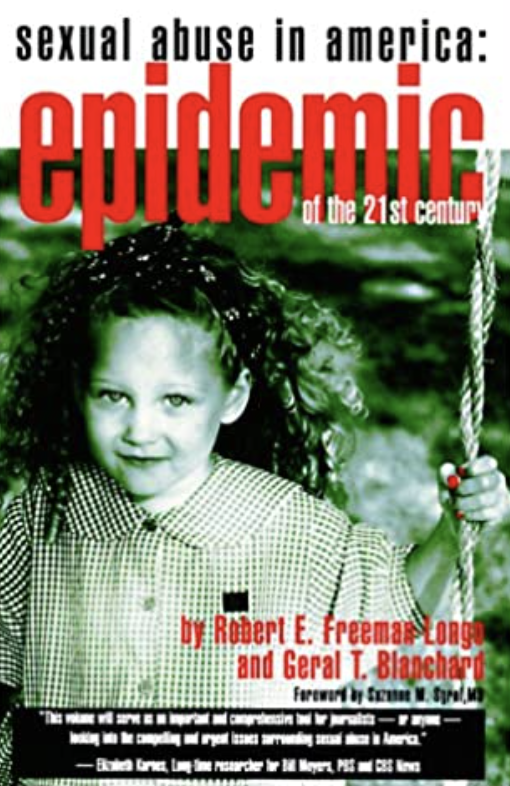Geral Blanchard, LPC, is a psychotherapist who is university trained in psychology and anthropology. Formerly of Wyoming and currently residing in Iowa, Geral travels the world in search of ancient secrets that can augment the art and science of healing. From Western neuroscience to Amazonian shamanism, he has developed an understanding of how to combine old and new healing strategies to optimize recovery, whether from psychological or physical maladies.
MDMA Ceremony and Ritual: What's that all about?
In FDA clinical trials, the medicine is often administered in a slightly mechanical fashion. The approach is very similar, patient to patient.
But always you will don an eye mask, put head phones on, and an attendant will sit next to you and offer a comforting hand, after which you swallow a capsule of 125 mg pure, research grade MDMA.
When an indigenous-influenced approach is used (some call it shamanic) there is more pomp, pageantry, theatre, and solemnity over the entire day of ceremony. Within the over-arching ceremony some highly stylized activities occur, what we call rituals.
The ceremony suggests this is not an average day, not a normal event. The rituals, which are often traditional or even ancient in nature, are like guideposts that lead and transport you along a well-traveled path. Ceremony implies what is happening is a “big deal.” Rituals provide the “how to” part of the change process. Together they marry to manifest a sacredness, a sacrality, to what is occurring. Ceremony and ritual create a protective shell, or an exoskeleton, that safely carries you through what otherwise could be imagined as a foreboding healing process.
So, it can be concluded that clinical settings offer safety and professionalism. Indigenous ceremonies and rituals are similar, but they are embedded in age-old processes and are far more personalized. And Indigenous-based approaches are experiential, patients help develop and implement large parts of the treatment’s style, spirit, and organization adding individual meaning to the event (ceremony) and to the activities in them (rituals). In other words, with patient participation, there is more “buy-in” and, therefore, a greater chance of the desired outcome. Along with the therapist they become choreographers and carpenters of rituals. Instead of someone else being totally responsible for the outcome of treatment, personal involvement boils down to designing their self-care program. And this is very important, especially after trauma when things were done to you, not for you, not with you. Now you are empowered to care for yourself.
Rituals that include vigorous activity – drumming, singing, dancing, shaking, howling – can dislodge long held body tension and localized cellular memories. This is quite different than just walking into a clinic and laying down. Physical activities play a large part in setting change in motion; passivity does not.
This nugget is worth remembering:
How a treatment is administered -- in other words, how a healing ritual is constructed and conducted – is far more important than the capsule that is swallowed. When you add meaning to the over-arching ceremony, you are on your way.
In one of my earlier works, Ancient Ways: Indigenous Healing Innovations for the 21st Century, I developed a long laundry list of benefits that rituals add to any healing endeavor, a few of which follow: They…
- invite participation
- stress the importance of the event by adding a sense of the sacred
- move us from the ordinary to what is really salient
- diminish uncertainty in fearful times
- bring order to chaotic times
- add trust to what is unfolding
- foster entry into altered states
- chart a proven course to take
- add something experiential to prior words and language
- set the stage for the mysterious and the magical
- potentiate the power of the medicine
- legitimize the ceremony
- help to momentarily suspend disbelief by trusting an established procedure.
Examples of rituals within, or after, an MDMA healing ceremony can include:
- fire rituals
- cleansing baths -- chocolate, floral, herbal, etc.
- invoking, or calling in the ancestors (of all types)
- smudging with incense or plants
- reciprocity rituals, giving to Pachamama before receiving
- chanting and dancing
- prayer, poetry, or readings
- greeting the Seven Directions
- arranging an altar
- feasting in community
If we go beyond the medicinal, and into the numinous and spiritual, ancient healers have noted how additional dimensions open up and significant change occurs.
**********
James Roose-Evans, in Passages of the Soul, wrote: “A true ritual will always take one beyond and deeper than words, for words are but symbols of a deeper reality.”
“For the Dagara [West African tribe], ritual is, above all else, the yardstick by which people measure their state of connection with the hidden ancestral realm, with which the entire community is genetically connected.”
- Malidoma Some'
*********
Additional Reading:
Ritual: Power, Healing, and Community by Malidoma Some'
Wild Rituals: 10 Lessons Animals Teach Us about Connection, Community, and Ourselves by Caitlin O’Connel, Ph.D.
Other Topics
Basics of MDMA
Rituals and Ceremony
Brain and MDMA
Trauma
Heart
Energy Movement
Quantum Physics
Native Cosmologies
Nature
Spirituality/Enlightenment
Kogi Tribe
Books written by Geral T. Blanchard
More Articles


